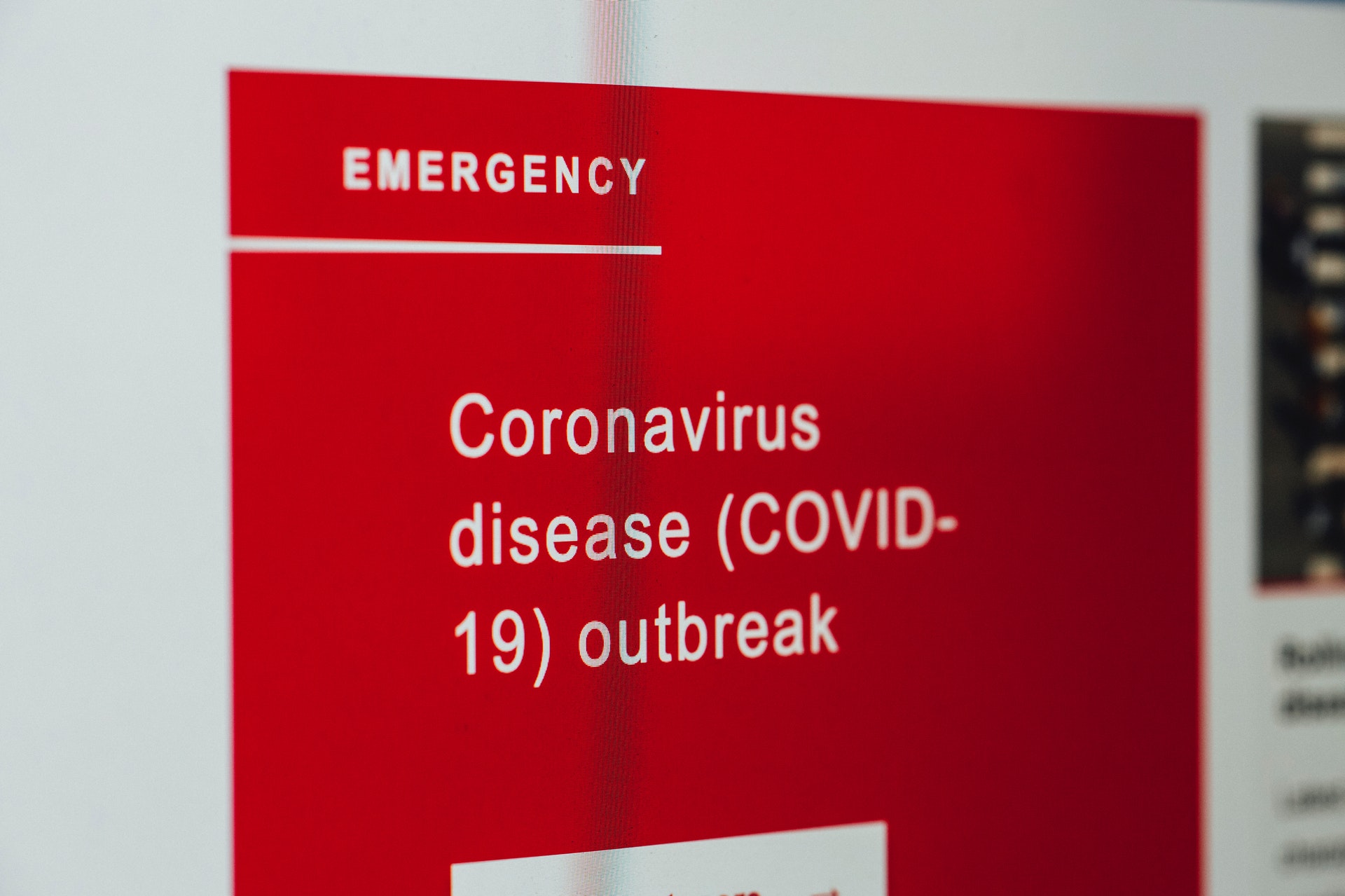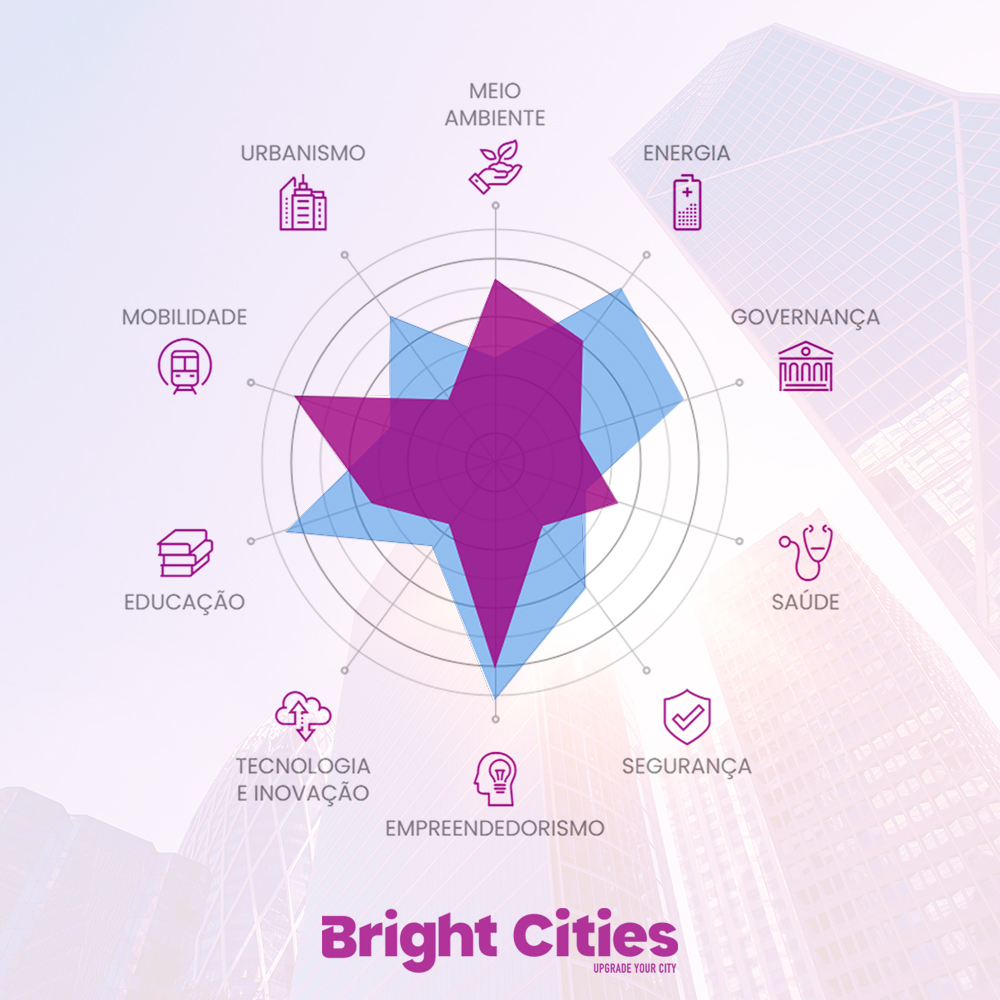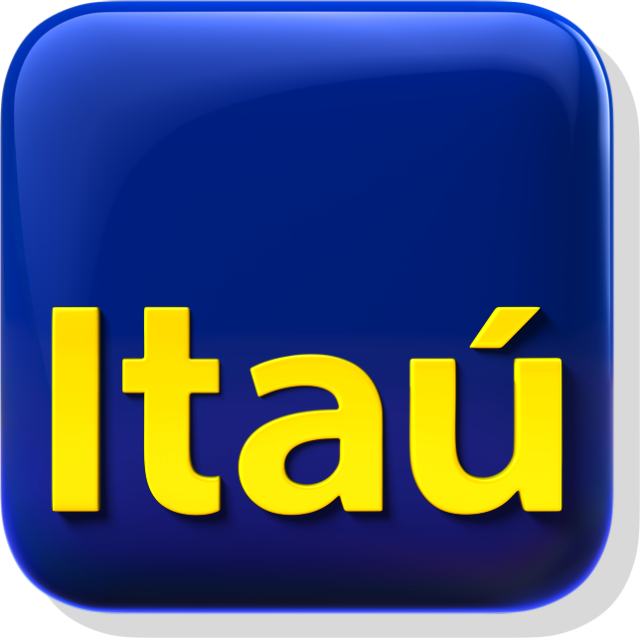From cell phone apps to big data systems, technological innovations have become our greatest allies to fight coronavirus in cities

More than nine months since the first case known in the world, the coronavirus remains a challenge yet to be concluded. The disease not only changed the way we live today, but it also made it clear that the future will not bring the desired “normality” anytime soon. But will life ever return to what it was before?
Experts say it is too early to what actually know which changes will come from now on and what the pandemic’s real impacts will be on cities, but in one thing they are all unanimous: never before has the world depended so much on technology. From the much talked home office to systems for accounting and mapping infected people, managers and citizens turned to software, data networks and electronic devices to face the pandemic inside or outside the home.
In a Smart City, technology and innovation are two sides of the same coin. With them, public services can become more efficient, public works can cost less and actions can be implemented in a faster way to improve the quality of life. In a smart city, technology is the transformative agent that makes it more resilient, sustainable and intelligent.
And relying on technology goes far beyond guaranteeing internet access. There are several essential services and infrastructures that can be improved using solutions that are often simple, accessible and easy to implement. One example is the technology’s impact on city mobility, where it has been estimated that 30% of traffic jams are caused by cars looking for a place to park. As a solution, the Smart Parking system was created, which uses sensors and softwares to indicate in advance to the citizen where there is a parking space available.
Knowing the role that this and other technologies have to face the most diverse urban challenges, including the pandemic, Bright Cities gathers in its platform the largest database in the world of smart solutions and good urban practices. With online access for managers and citizens, all registered initiatives, such as Smart Parking, are able to improve the public management and the services in a city.
Currently, our database offers more than 1,000 solutions that comprise ten urban areas: Security, Education, Mobility, Energy, Technology and Innovation, Environment, Entrepreneurship, Governance, Urbanism and, of course, Health.

⠀⠀⠀⠀⠀⠀⠀⠀
Among the various solutions included in our platform, some can directly mitigate the effects of the coronavirus. We can mention HILAB, developed by Hi Technologies, which offers remote laboratory exam services. With just a few drops of blood, the material is inserted into the device, where the result is digitized and transmitted instantly via the internet to a Central Laboratory team. There, biomedicals analyse the result and sign the report in just 15 minutes, sent later to the patient’s email. Another good initiative is Dr. Nuvem, a plataform for telemedicine. Through the online tool, which does not even require the installation of applications, patients have quick and easy access to medical care without having to leave home.
Besides health, another urban area severely affected by the coronavirus was education. Without being able to attend classes in person, students now have a series of online platforms to continue with the school year. One of them, also included in our database, is the Google Classroom, free for schools. The developer created a simple tool for teachers, who can teach, distribute assignments, give grades and send feedback in just one place.
In a smart city, services like these are accessible to the population or even incorporated into public management. However, to use them, it is essential that families and citizens have access to the internet – an infrastructure that is not yet offered to all Brazilians. In a report released by the IBGE, it was found that 45.9 million Brazilians did not yet have access to the internet in 2018.
For cities to scale and know in detail whether their population has access to these types of services or not, Bright Cities uses 160 international indicators to evaluate ten urban areas, including Technology and Innovation. Among them are the indicators “Percentage of the city area covered by Internet connectivity provided by the municipality”, “Number of Internet connections”, “Number of cell phone connections” and “4G connection”, which can help managers to scale the portion of residents who do not yet have internet.
To resolve this problem, the city of Campinas/SP distributed 4G internet chips to more than 21 thousand students from the municipal network. The students follow the classes through Google Classroom. Another action developed by the city’s Department of Education was a partnership with TV Câmara, which since the second half of May has been broadcasting didactic videos aimed at early childhood education students.
Initiatives such as the one in Campinas, elected the most intelligent and connected city in the country by the Ranking Connected Smart Cities 2019, show why smart cities came out ahead and managed to set an example for other cities. Among the many reasons for this we can mention, for example, the way in with which all of them are able to collect and analyze – in real time and with numerous sources – the performance of their urban indicators. It is with this information in hand that public managers can identify demands, make more agile decisions, anticipate problems and better coordinate resources to operate effectively.
It was through a consolidated system of data collection and analysis that Seoul, in South Korea, managed to apply mass testing of the disease in its population. Using 15,000 daily tests to map people infected with Covid-19 from “Drive thru” systems, the government was able to track patients with greater assertiveness and without the risk of contaminating healthcare professionals. People were then monitored using a GPS system and received, every day, messages about the progress of the pandemic, movements of infected people and warnings to anyone who was 100 meters from any contaminated.
Examples of good urban practices, such as those carried out by Campinas and South Korea, are also included in the Bright Cities database. To help more cities face the pandemic, we continue to map these and other smart solutions to make them available online and free of charge for our users. There are already more than 25 initiatives and good practices mapped by us, and you can access each one of them by visiting our database and looking for “CORONAVIRUS” in the search field.
Along with these solutions, it is also possible to find their respective suppliers. As a marketplace, our platform is the fastest way to connect public administrators with innovative products for cities. By registering, companies and developers gain exclusive access to information and indicators about cities and can thus discover which ones most need their solutions. At the same time, our global public of managers and public administrators is aware of the registered initiatives and can easily contact them to hire the services.

⠀⠀⠀⠀⠀⠀⠀⠀
Counting on easy, fast and affordable solutions is urgent in cities trying to adapt to the post-pandemic world. Hence the relevance of Smart Cities: being resilient, that is, with great capacity for adaptation, they are prepared for continuous planning that guarantees minimal impacts in situations of adversity; being sustainable, they are able to guarantee resources to their population without harming their ecosystem and future generations; being efficient, they deliver quality services and improve people’s experience in public spaces.
Bright Cities knows that any city in the world can become a smart city, even in times of pandemic. We are a disruptive platform to diagnose your city’s roadmap, so that it becomes smarter every day! To know our methodology and know in detail how we can transform it, register on our platform. Upgrade your city today!




